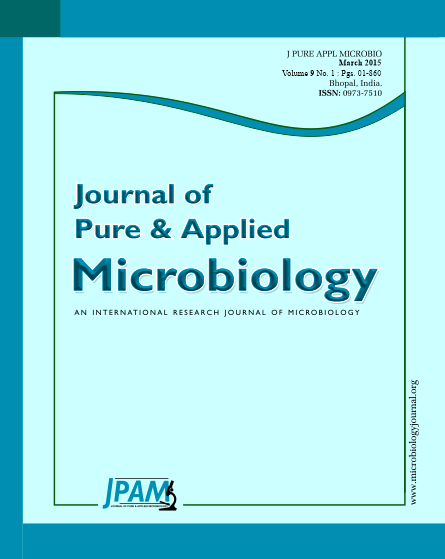This is a study of the pattern of distribution of body mass index and prevalence of overweight and obesity among the population of male at Saudi Arabia. Also the principal aim of this study is to investigate and compare the gut microbiota composition in obese and lean persons. It is a cross-sectional population-based national epidemiological randomized survey. There were 300 Saudi subjects, over the age of 15 years. Height and weight were measured for all study population. Body mass index (BMI) was calculated. WHO criteria was used for definition of overweight and obesity. The obesity/overweight (ob/ow) ratio was used to study the relation between prevalence of overweight and obesity. The data on the 300 subjects according to body mass index (BMI) and cholesterol. It shows the number of subjects with a normal body mass index (<25/124), overweight (25- 29.9/78) and obesity (>30/98). Faecal samples were collected and subjected to selective plating and quantitative in order to determine the concentrations of bacterial species. In this study, important compositional differences in the faecal gut microbiota of obese and lean were revealed. Underlying factors such as lifestyle, nutritional habits, social and cultural beliefs and habits in different regions need to be studied. There is a need to establish a national control program for combating obesity and related complications.
Obesity, Gut Microbiota, Al Jouf Province, KSA
© The Author(s) 2015. Open Access. This article is distributed under the terms of the Creative Commons Attribution 4.0 International License which permits unrestricted use, sharing, distribution, and reproduction in any medium, provided you give appropriate credit to the original author(s) and the source, provide a link to the Creative Commons license, and indicate if changes were made.


